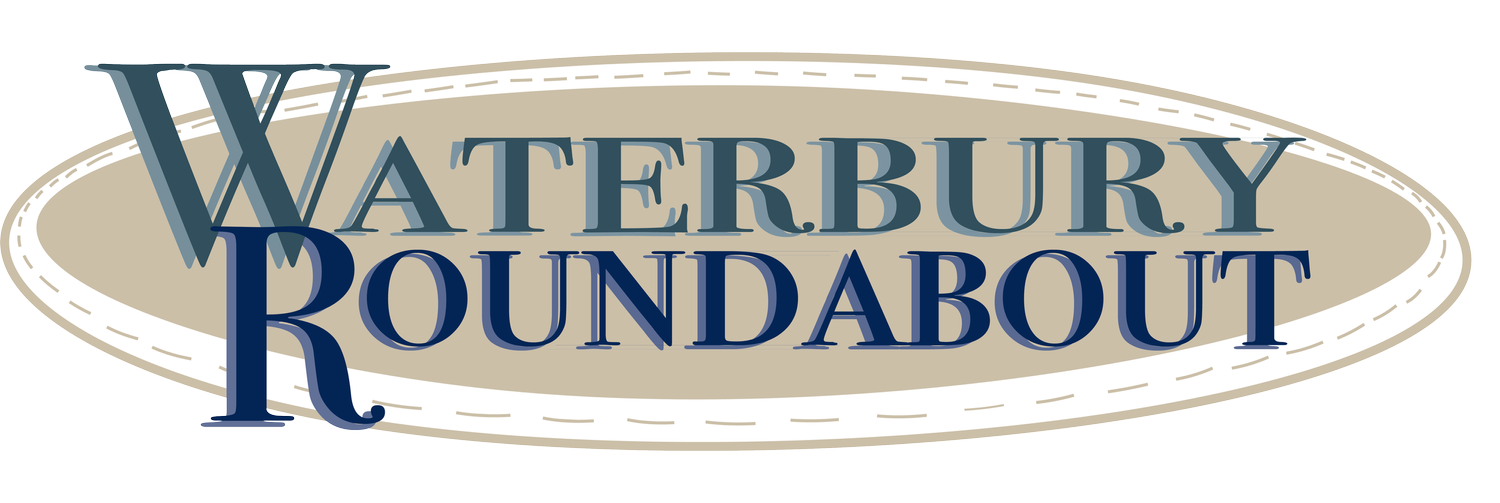State issues guidance, reminders for backyard burning as fire season begins
May 28, 2025 | By Waterbury RoundaboutSpring outdoor cleanup often means burning, and state officials with the Departments of Environmental Conservation and Forests, Parks and Recreation remind Vermonters to follow a few guidelines for backyard open burning to protect the environment and public health and safety.
“Burning materials from spring cleanup can release harmful pollution that can impact neighboring properties,” said Department of Environmental Conservation Commissioner Jason Batchelder. “Vermonters can help reduce air pollution and avoid nuisance impacts by following a few simple guidelines.”
Forests, Parks and Recreation Commissioner Danielle Fitzco notes that burning debris is the leading cause of wildland fires in Vermont. “In 2024, Vermont had 96 wildland fires, all were caused by human activity,” she said.
On-premise or backyard burning of brush, deadwood, or tree cuttings collected from normal property maintenance is allowed under the Vermont Air Pollution Control Regulations, if no public or private nuisance, such as excessive smoke, is created, according to state officials. Permission for backyard burning is granted when the Town Forest Fire Warden issues a burn permit. When a statewide ban on issuing permits is in effect, no permits may be issued, they said.
An air quality open air burning permit from the Department of Environmental Conservation may be required when burning other materials, including wood waste from demolition activities at a business, industry, farm, or a private residence. When an air quality open air burning permit is issued, it may be necessary to obtain an additional permit from a town Forest Fire Warden or other local officials.
State officials share these tips for Vermonters to follow in order to minimize the harmful impacts of smoke and reduce wildland fire risks:
Get a permit by contacting your Town Forest Fire Warden. Permits are required for burning legal materials such as tree limbs and branches.
Consider alternatives to open burning such as chipping or composting.
Check the latest wildland fire situation. Review the Fire Danger Forecast and the wildland fire situation update. Postpone burning during periods of moderate or higher fire danger. Sign up for daily fire danger alerts.
Check the Air Quality Forecast and postpone burning if atmospheric conditions are not favorable to disperse the smoke, or if the Air Quality Index is moderate or worse.
Reduce air pollution. Check wind speed and direction before burning to minimize impacts on neighboring properties. Avoid burning green material; allow it to dry first.
Burning trash is prohibited, including paper, cardboard, tires, plywood, pressboard, asphalt shingles, plastics, and treated wood.
Never leave a fire unattended. Ensure the fire is cool and cannot re-ignite before leaving it.
Report wildland fires immediately by calling 911.
John Wakefield, Compliance Section Chief for the DEC Air Quality and Climate Division, offers one final bit of advice: “Our best suggestion is to avoid burning altogether and let the materials decompose naturally.”
Learn more about open burning from the DEC Air Quality and Climate Division and more about the FPR Wildland Fire Program.
